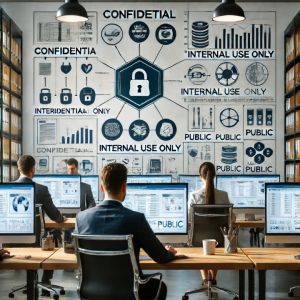Navigating cyber threats in 2025 is expected to be increasingly complex due to rapid technological advancements and evolving tactics from cybercriminals. Here are some key considerations:
1. Emerging Threats
- AI-Powered Attacks: Cybercriminals may use AI to create sophisticated phishing schemes, deepfakes, or automate attacks, making them more difficult to detect.
- Ransomware Evolution: Ransomware attacks could become more targeted and efficient, with threat actors combining tactics like data exfiltration with encryption.
2. Increased Regulatory Requirements
- Governments are likely to introduce stricter regulations around data protection and cybersecurity practices, requiring organizations to adopt more robust security measures and comply with new standards.
3. Supply Chain Vulnerabilities
- Cyber threats targeting supply chains will remain a pressing concern. Organizations need to ensure that their vendors and partners adhere to strong cybersecurity practices to mitigate risks.
4. IoT and Industrial Control Systems
- As the IoT expands, securing connected devices becomes critical. Industrial Control Systems (ICS) also face unique threats that can disrupt critical infrastructure.

5. Human Element
- Social engineering attacks are likely to become more sophisticated, targeting the human factor. Continuous training and awareness programs are essential for employees to recognize and respond to potential threats.
6. Zero Trust Architecture
- Implementing a Zero Trust security model becomes more important. This approach assumes that threats could be internal or external and requires verification of every request regardless of location.
7. Incident Response and Recovery
- Organizations should prioritize developing and regularly updating incident response plans. Rapid recovery strategies and backup solutions will be crucial for minimizing downtime after an incident.
8. Investment in Cybersecurity Technologies
- Organizations will need to invest in advanced threat detection technologies, such as behavioral analytics and machine learning capabilities, to stay ahead of evolving threats.
9. Cybersecurity Workforce Development
- There will be an ongoing need for skilled cybersecurity professionals. Organizations should invest in talent development and retention strategies to address the skills gap.
10. Collaboration and Information Sharing
- Increased collaboration between organizations, governments, and cybersecurity agencies to share intelligence and threat data will be vital for effective cyber defense.
To navigate cyber threats in 2025, organizations must adopt a proactive and multi-layered approach to cybersecurity, integrating technological advancements with human-centered strategies and continuous education. Are there specific areas or threats you’re particularly concerned about?
